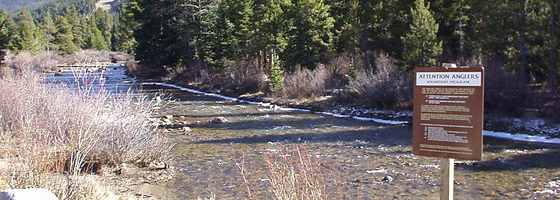Study finds warming watershed increases minerals in Upper Snake River

A new study shows that concentrations of certain minerals in the Upper Snake River, near Keystone, Colo., increased during the past 30 years, according to a University of Colorado Boulder press release.
Researchers from the U.S. Geological Survey and UC Boulder determined that zinc content dissolved during the month of September in the Upper Snake River increased fourfold during the 30 year period. They also found that sulfate and calcium concentrations increased in the water.
The researchers hypothesize that increases in water mineral content are mainly due to warmer air temperatures, which lead to more permafrost melt and runoff. Researchers calculated that average summer air temperatures increased between 0.5 and 2.2 degrees per decade over the study period.
Minerals enter streams after runoff passes over naturally occurring iron pyrite. A chemical reaction occurs between the minerals and water creating sulfuric acid. The acid strips minerals from the pyrite and other rocks and it all flows down into rivers and streams, according to the study.
There is a lack of water monitoring data on other bodies of water in Western mineral-rich areas to confirm if the same trend occurs elsewhere, according to the press release.
Image: Snake River near Keystone (Credit: K.warterbeck, via Wikimedia Commons)





0 comments